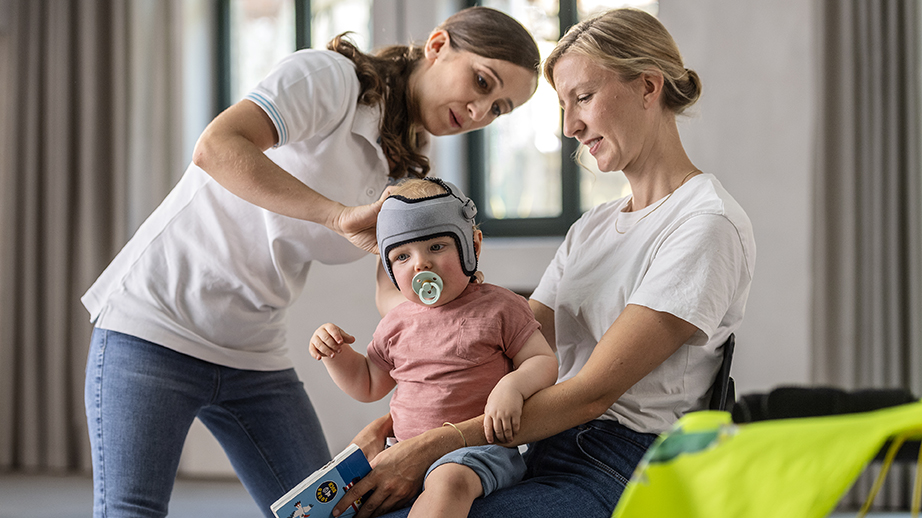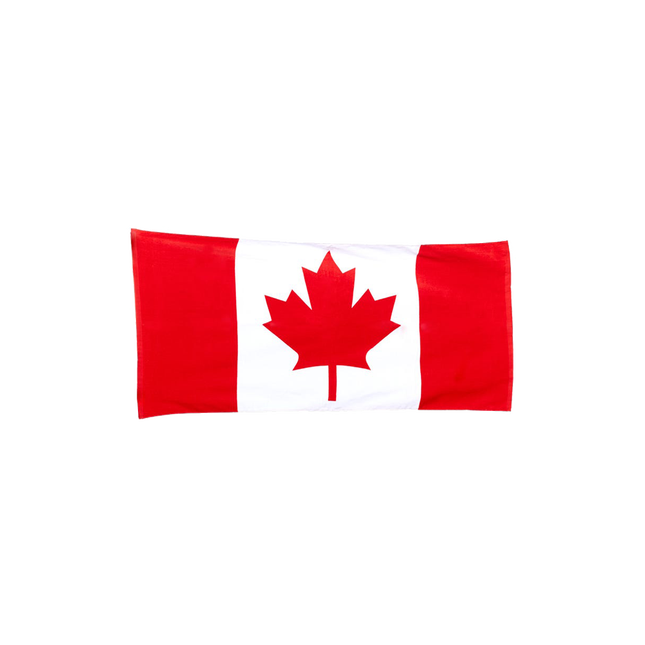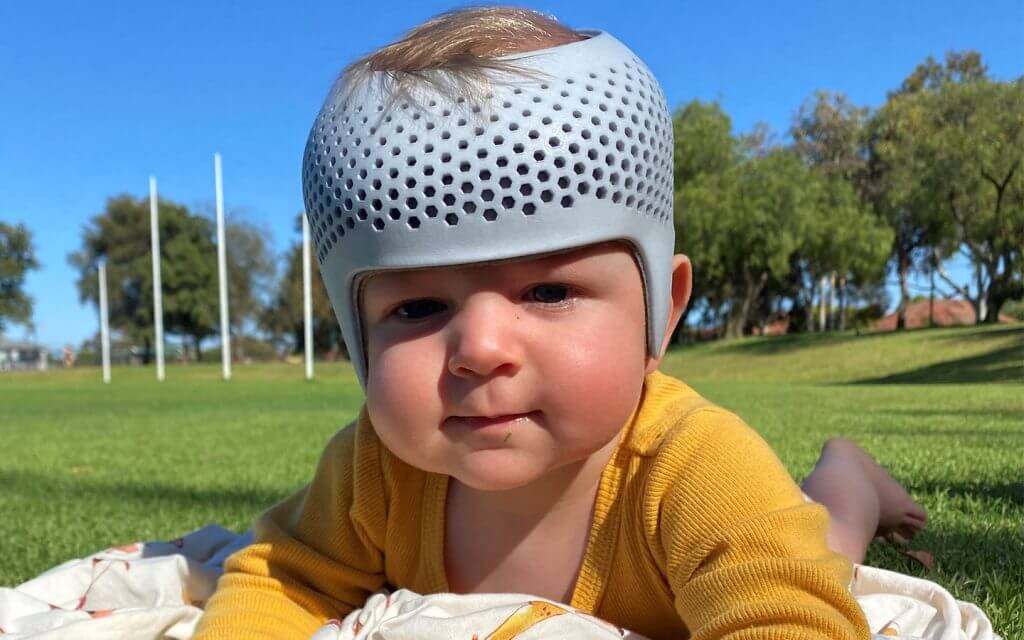Cranial helmets, also referred to as cranial orthoses, are specialized headgear designed to correct the shape of an infant’s skull. These helmets are typically constructed from a firm, lightweight material and are custom-fitted to the individual child’s head. They work by applying gentle, constant pressure to specific areas of the skull, promoting growth in the desired direction and correcting any irregularity or flattening.
This treatment is often recommended for infants with positional plagiocephaly or brachycephaly, conditions that can result from prolonged periods in a single position, such as lying on their backs. Although these conditions are not typically harmful to a baby’s health, they can cause cosmetic concerns and potential developmental delays if left untreated. Cranial helmets are not a universal solution and should only be used under the guidance of a healthcare professional.
They are typically recommended for infants between 3 and 18 months old, as this is when the skull is most malleable and responsive to treatment. It is essential for parents to consult with a pediatrician or a specialist in cranial orthotics to determine if a helmet is necessary for their child. In some cases, repositioning techniques or physical therapy may be recommended as a first line of treatment, while in other cases, a cranial helmet may be the most effective option for correcting the shape of the skull.
1. What are Cranial Helmets and How Do They Work?
This treatment is often recommended for infants with positional plagiocephaly or brachycephaly, conditions that can result from spending too much time in one position, such as lying on their backs. While these conditions are not typically harmful to a baby’s health, they can cause cosmetic concerns and potential developmental delays if left untreated.
Cranial helmets are typically recommended for infants between the ages of 3 and 18 months, as this is when the skull is most malleable and responsive to treatment. It’s important for parents to consult with a pediatrician or a specialist in cranial orthotics to determine if a helmet is necessary for their child.
In some cases, repositioning techniques or physical therapy may be recommended as a first line of treatment, while in other cases, a cranial helmet may be the best option for correcting the shape of the skull. Cranial helmets are not a one-size-fits-all solution and should only be used under the guidance of a healthcare professional.
2. Who Can Benefit from Cranial Helmets and When are They Recommended?
Cranial helmets are typically recommended for infants with positional plagiocephaly or brachycephaly, conditions that can result from spending too much time in one position, such as lying on their backs. Positional plagiocephaly is characterized by a flattening on one side of the back of the head, while brachycephaly is characterized by a flattening at the back of the head, resulting in a wider and shorter shape. These conditions can occur when babies spend excessive time in one position, such as during sleep or while in car seats or strollers.
While these conditions are not typically harmful to a baby’s health, they can cause cosmetic concerns and potential developmental delays if left untreated. In some cases, repositioning techniques or physical therapy may be recommended as a first line of treatment, while in other cases, a cranial helmet may be the best option for correcting the shape of the skull. It’s important for parents to consult with a pediatrician or a specialist in cranial orthotics to determine if a helmet is necessary for their child.

3. The Process of Fitting and Using a Cranial Helmet
The process of fitting and using a cranial helmet typically begins with an evaluation by a healthcare professional who specializes in cranial orthotics. During this evaluation, the child’s head shape will be assessed, and measurements will be taken to create a custom-fitted helmet. Once the helmet is ready, it will be adjusted to fit the child’s head snugly but comfortably.
The child will then wear the helmet for 23 hours a day, with regular breaks for cleaning and skin checks. It’s important for parents to follow the instructions provided by the healthcare professional regarding wearing and caring for the helmet. Regular follow-up appointments will be scheduled to monitor progress and make any necessary adjustments to the helmet.
The length of time a child will need to wear the helmet varies depending on the severity of their condition and how well they respond to treatment. In general, most children wear the helmet for 3 to 6 months, but some may need to wear it for longer.
4. Potential Benefits and Risks of Using Cranial Helmets
The potential benefits of using cranial helmets include correcting the shape of the skull and improving overall head symmetry. This can help alleviate cosmetic concerns and reduce the risk of potential developmental delays associated with positional plagiocephaly or brachycephaly. Research has shown that cranial helmets can be effective in correcting skull asymmetry when used as directed by a healthcare professional.
However, there are also potential risks associated with using cranial helmets. Some children may experience skin irritation or discomfort from wearing the helmet, although this can often be managed with proper care and adjustments. There is also some debate within the medical community about the long-term effects of using cranial helmets, particularly regarding whether they have any impact on cognitive development or other aspects of a child’s health.
5. Tips for Parents: Supporting Your Child While Using a Cranial Helmet
i. Providing Emotional Support
Supporting your child while they are using a cranial helmet can help make the experience more comfortable and successful. Be patient, as it can take some time for your child to adjust to wearing the helmet. Offer plenty of reassurance and comfort to help them feel more at ease.
ii. Practical Tips for Helmet Care
To ensure a positive experience, follow these practical tips:
- Keep the helmet clean by regularly washing the inside with mild soap and water.
- Gently wash your child’s head to prevent skin irritation.
- Give your child regular breaks from wearing the helmet for cleaning and skin checks, and use this time for cuddles and playtime.
iii. Staying Positive and Seeking Support
Stay positive by focusing on the potential benefits of using the helmet and celebrating your child’s progress along the way. Seek support from other parents whose children have used cranial helmets for advice and guidance. By following these tips and working closely with your healthcare provider, you can help ensure that your child has a positive experience while using a cranial helmet.
Leading provider of Cranial Helmets in Knoxville & East Tennessee
In conclusion, cranial helmets play a vital role in the early intervention and treatment of positional plagiocephaly and other cranial deformities in infants. These specialized devices not only help in reshaping the skull but also contribute to the overall well-being and development of your child. As parents, it’s essential to be informed about the options available and to seek professional guidance when considering treatment for your little one.
At Choice Orthotics & Prosthetics, we understand that every child is unique, and so are their needs. With over two decades of experience as the leading provider of cranial helmets in Knoxville and East Tennessee, we pride ourselves on delivering high-quality, customized solutions that cater to each infant’s specific requirements. Our dedicated team is committed to providing compassionate care and expert support throughout the entire process, ensuring that both you and your baby feel comfortable and confident every step of the way.
If you have concerns about your baby’s head shape or are considering cranial helmet therapy, we invite you to reach out to us. Our knowledgeable staff is here to answer your questions, provide guidance, and assist you in making informed decisions for your child’s health. Together, we can work towards achieving the best possible outcomes for your baby’s development. Trust Choice Orthotics & Prosthetics—where quality care meets compassionate service—for all your cranial helmet needs. We would love to assist your baby on their journey toward a healthier future!




